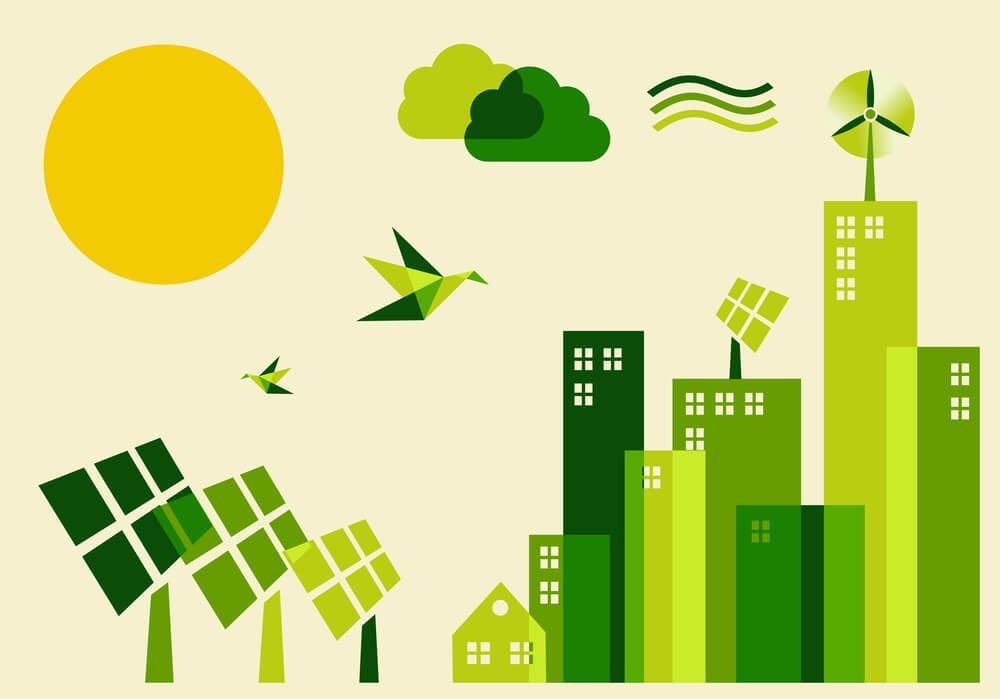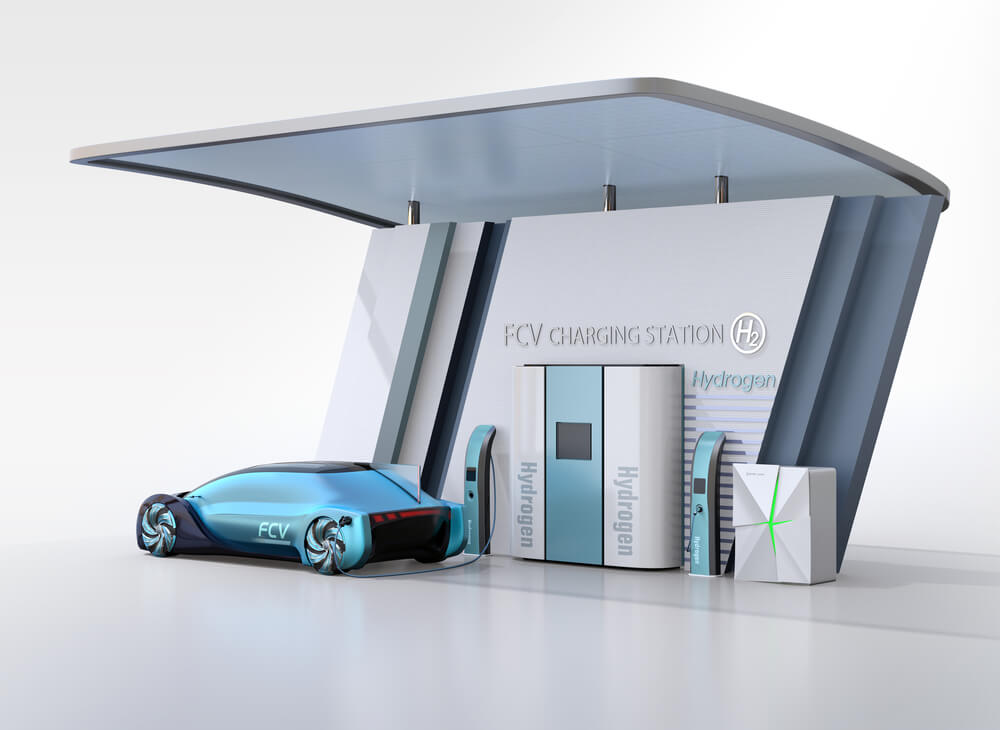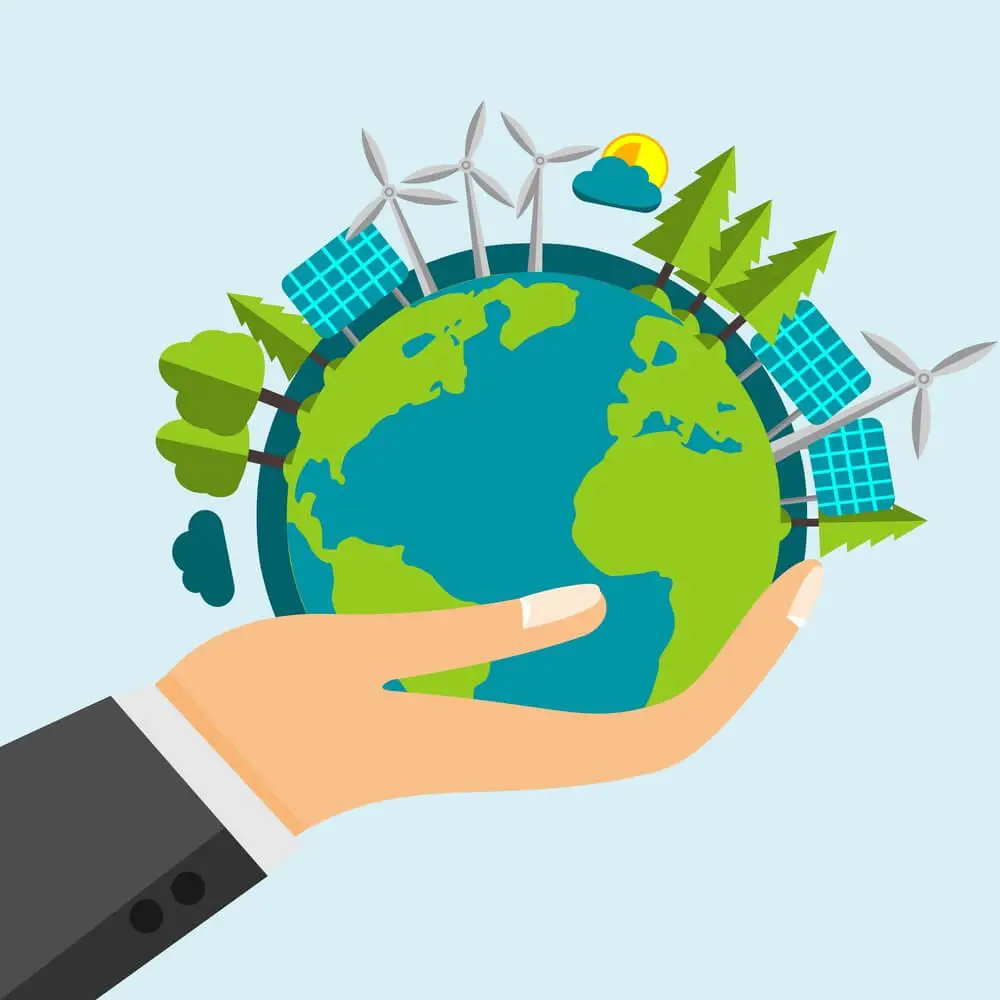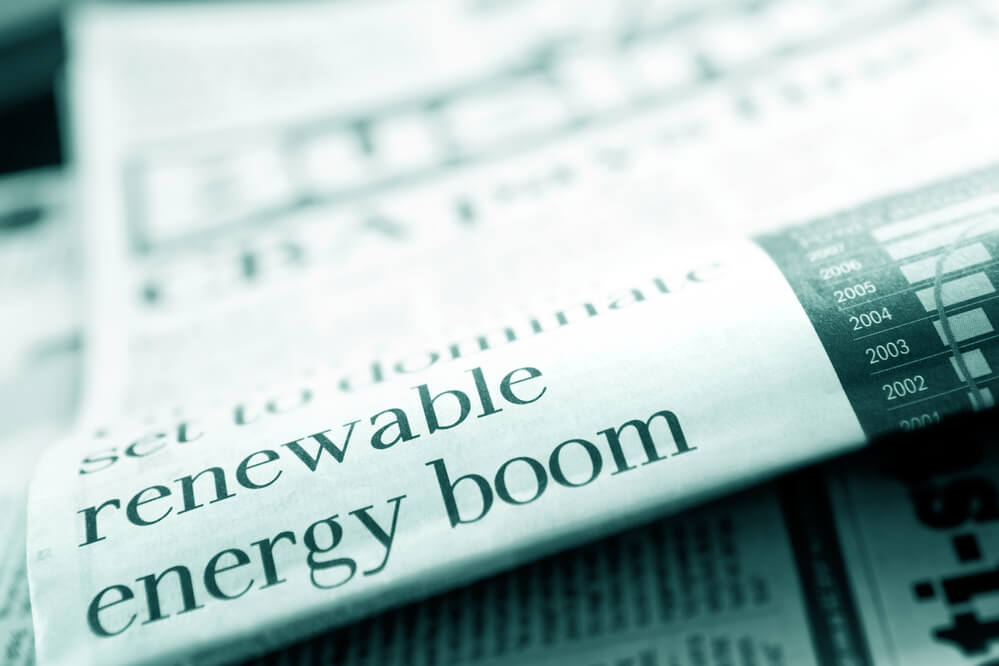The use of renewable energy is growing at a blistering pace day by day.
In this year alone, the renewable energy market and demand are expected to grow at 13 percent by 2025.
But why is renewable energy use growing? There must be genuine reasons for this.
In this post, we’ll we’ll look at the growth rate of renewable energy around the globe.
Along the way, you’ll you’ll understand why this sector is changing, and most importantly, the technologies that look promising in transforming our energy mix.
What is the growth rate of renewable energy?
In this case, renewable energy resources can naturally replenish. These include:
- Wind
- Water (hydropower)
- Geothermal
- Solar
- Biomass
According to the International Energy Agency (IEA) ‘s ‘s Renewable 2020 report, renewable energy growth projections in the next 5 years will increase by 50%.
Hydropower, solar, and wind projects are rolling out faster than before.
So the renewable growth rate holds a sustainable future.
The growth rate for renewables in solar and wind energy increased up to 45% in 2020, becoming a ‘‘new normal’‘ in 2021.
Here’sHere’s the highest percentage of renewable energy by country:
- China – 14%
- Germany – 12.74%
- UK – 11.95%
- Sweden – 10.96%
- USA – 4.32%
- India – 2.1%
Countries like the US continue to invest in renewable energy to control carbon emissions.
Also, the policies from the international bodies are putting the focus on alternative fuels to achieve a sustainable form of energy.
Investing in climate-friendly energy is a part of efforts to meet European Union renewable energy as well as climate action goals.
Renewables are the backbone of the Indian Power System.
The current Indian RE power industries generate around 38.8GW. This constitutes:
- 4.88 GW of solar energy
- 25GW of wind power
- 4.1 GW of tides
- 4.5GW of Biomass
And what’swhat’s the US renewable energy percentage 2021? Solar energy is the most popular renewable of new capacity as it shares at least 39% of total energy.
The wind takes 31%, among others.
Top 10 Reasons Renewable Energy Use Is Growing
From wind to solar, renewable energy is good for people and the environment.
With green energy, you can benefit the planet, climate, social cohesion, and the economy.
Countries are dumping the use of fossil fuels such as natural gas, coal, and oil.
They’reThey’re infinite quantities. We’llWe’ll extract them, and sooner or later, they’llthey’ll run out.
Why exactly is renewable energy growing?
Emits low to no greenhouse gases
Unlike fossil fuels, renewables emit low greenhouse gases.
Carbon Dioxide (CO2) and methane are the two most prevalent gases.
Plus, other air pollutants – causes global warming.
Renewable energy sources emit clean energy. The emissions from different stages – manufacturing, operation, installation, and generation are just minimal.
Wind emits less than 0.04 pounds of CO2, while coal is responsible for 1.4 to 3.6 pounds of CO2/kWh.
For such reasons, countries are opting for renewable energy as an alternative.
Inexhaustible energy
Fast-moving water, strong winds, earth surface heat, and sunlight can constantly and vastly provide a replenished energy supply.
Renewable energy is natural. It will replenish itself at the same rate it’sit’s being used without causing environmental damage or depleting the resources.
And what’s more important, they’re virtually exhaustible.
Others like natural gas don’tdon’t replenish as we use them.
It comes with low costs
This keeps energy prices at affordable levels.
Things like upheavals and geopolitical strife usually come with limited access to resources and increasing power bills.
However, these crises won’twon’t affect energy generation from natural sources, resulting in reasonable prices.
There’sThere’s no disruption in the supply chain which can otherwise lead to a spike in prices.
Again, many companies do produce energy locally.
They generate clean power
It’sIt’s a no-brainer that renewable energy is making a difference in the power industry.
Renewables don’t release greenhouse effect gases and other toxic fumes, making them safe for our environment.
Also, this helps in the fight against climate change.
Having an environment that’s free of air and water pollution is suitable for people and aquatic life.
Renewable energy is accessible at any time
Sun, water, and wind are the main energy sources.
They’reThey’re accessible to all.
In many countries, renewables represent the cost-friendly sources of electricity generation.
That’sThat’s good for development. Renewable energy is an ideal option for developing cities as it will expand energy access to nearly every inhabitant.
Those who live in informal settlements and urban slums have benefited from solar energy over the last decades.
Safe for human health
Renewable energy generation poses no risk for the environment or people.
Since air pollution is a concern to many, these sources emit low air pollutants you may think of.
Air quality is paramount for our health. Particles from fossil fuels contribute to poor air quality.
The increase in fossil fuel-based industrial activity, road transport, and power generation raises the alarm for air pollution.
Disorders like shortness of breath, cancer, and headache may result in this.
According to World Health Organization (WHO) report, air pollutants are responsible for thousands of diseases and eventually premature deaths.
Resilience and reliability
Solar and wind are modular as they’re less prone to failures.
The so-called ‘‘distributed systems’‘ cover a large population and geographical area.
Adverse weather conditions in a given location will not affect the entire region.
No power shortages!
In the event of some equipment not functioning, the rest of the system will continue to operate.
The modular systems feature multiple solar arrays and wind turbines.
Natural factors like Hurricanes may damage fossil fuel-based power from time to time.
This disruption may leave many people without electricity.
Why Is Renewable Energy Preferable?
Renewable energy will always win.
Any part of the world adopting it will be in a win-win situation.
Despite the fact that the USA generates much of its energy from fossil fuels, the government is focusing on green energy.
We still prefer renewables because:
- Raw materials won’twon’t run out
- Brings price stability
- Nearly every country has natural resources
- Low pollution levels
- It eliminates fossil fuels
- Improves air quality
Where Can Renewable Energy Be Used?
The vast majority are already using renewable energy – from thermal comfort in our homes to power production to transport and industry.
In Industrial processes
Industries use heat/power from renewables during the paper, pulp, and food processing.
Biomass is the best renewable to provide heat in industrial processes.
Renewable electricity is used in iron, steel, cement, and chemical industries.
Many companies are substituting fossil fuels with solar and wind energy to reduce environmental risks.
Air conditioning, cooling, and heating unit at homes
We usually use renewable energy in our homes.
Good examples include; biomass broilers, thermal water heaters, efficient heat pumps, cooling fans, and direct geothermal heat.
Transitioning to renewables is a good approach.
First off, they’re energy-efficient, cheap, and accessible to everybody.
So, having shifted to them is fundamental.
Transport sector
Significantly, you can use renewables in the form of drop-in biofuels, biofuel blends, and sustainable biofuels.
Campers use solar energy to power car batteries.
Also, renewable electricity is playing a big role when it comes to charging electric vehicles.
Renewable electricity produces electro-fuels, including hydrogen, which fuel long-distance aviation, transport, and shipping.
One best way to reduce energy demand is to promote energy conservation and efficiency in the transport sector.
That said, renewables are on point.
Can the World Thrive On 100% Renewable Energy?
No. By all means, it’sit’s not easy to use renewables for industrial processes, electricity, transport, and heating/cooling.
Although pollution, climate change, and other ecosystem issues are our main concerns, shifting to renewable energy fully can be intimidating.
It’sIt’s something that requires transition since 54% of today’stoday’s power comes from fossil fuels (coal, petroleum, natural gas).
And because geopolitics vary by place, some areas will thrive well with fossil fuels and vice versa.
However, global transition across all industries is feasible.
What Is The Future Of Renewable Energy?
Simply put, renewables are the future.
The use of renewable energy such as wind, solar, and oceans will continue to grow rapidly tomorrow and in the future.
As a result, this will stabilize the prices.
The push for renewable energy is revolutionizing the world markets, which means that renewable-driven change will enjoy an unprecedented speed.
It might be gradual rather than sudden.
Some of the essential technologies that will shape the renewable market in the future are;
- Electrification – will encourage a shift to renewables
- Wind and solar accessibility
- Power-to-X – solves ups and downs in the supply chain
- Distributed generation – Expected to increase affordability
- Energy storage
Many governments, corporations, organizations, and individuals have woken up to the importance of renewables.
The future of sustainable energy means a lot for future generations.
Sum Up
There’sThere’s a growing momentum to abandon fossil fuels to renewables.
For us to build a sustainable energy future, we must do it right now.
If you’re an eco-conscious consumer or business owner, the climate crisis should be of interest.
Now that we’ve seen what benefits come with renewables let’s do our part.
Let’sLet’s prove that transition to renewable energy is possible.





